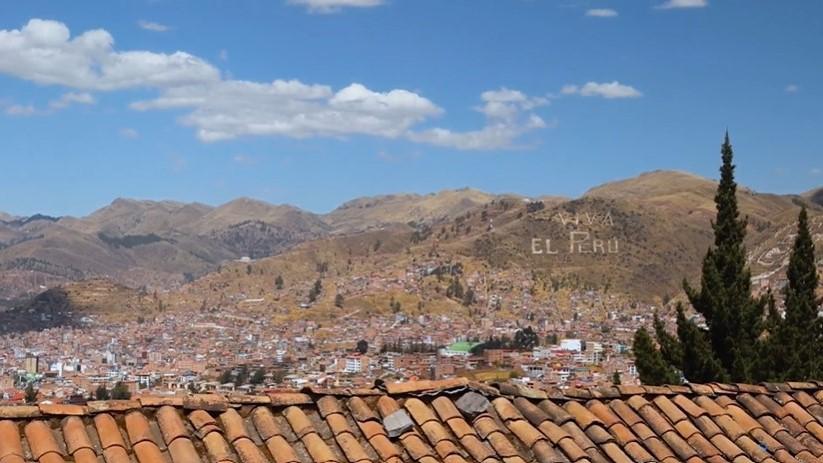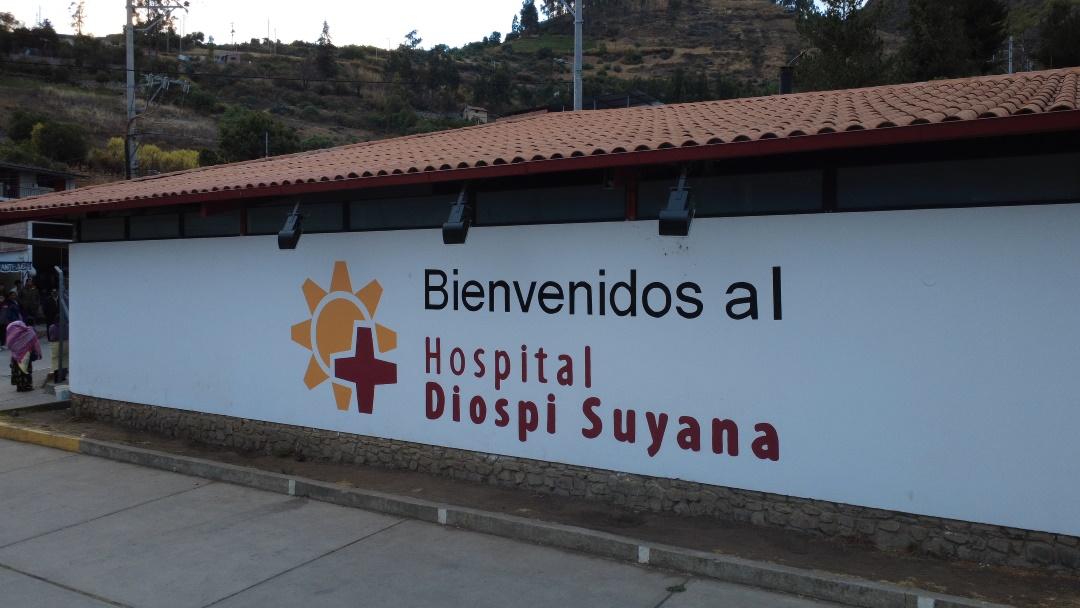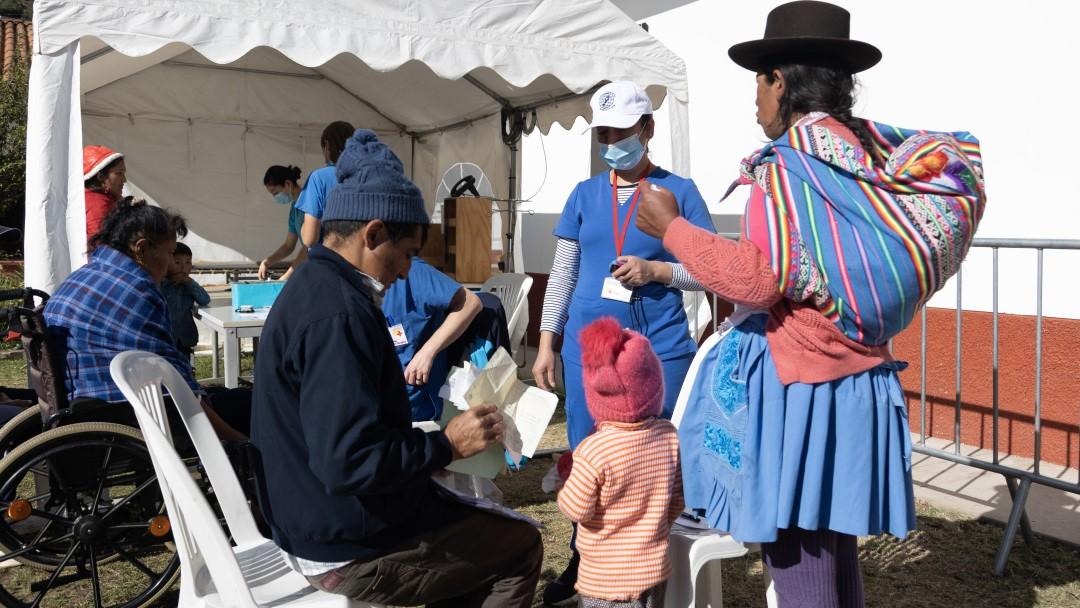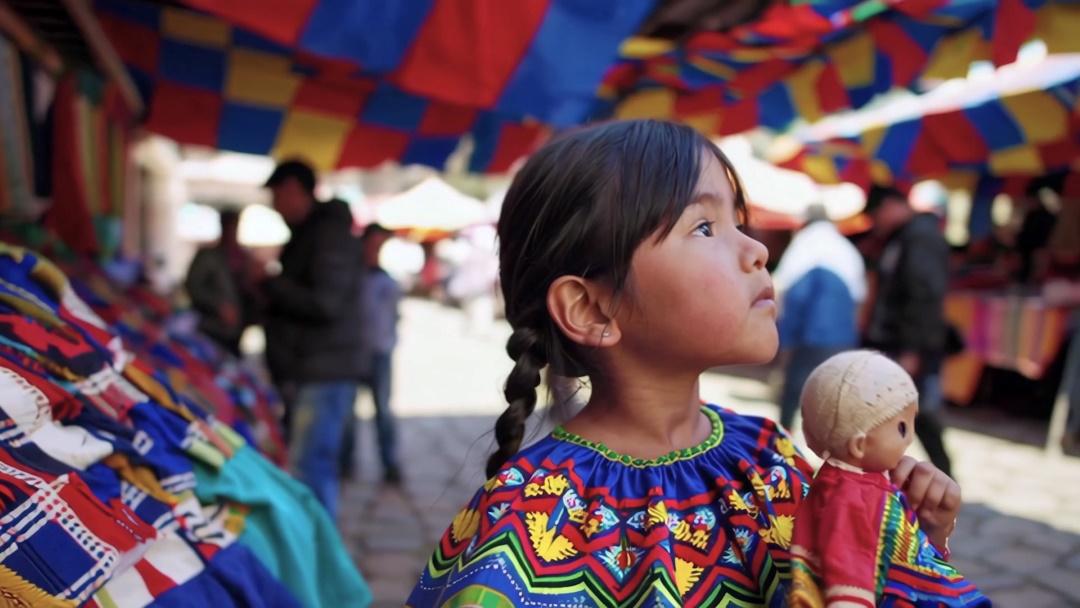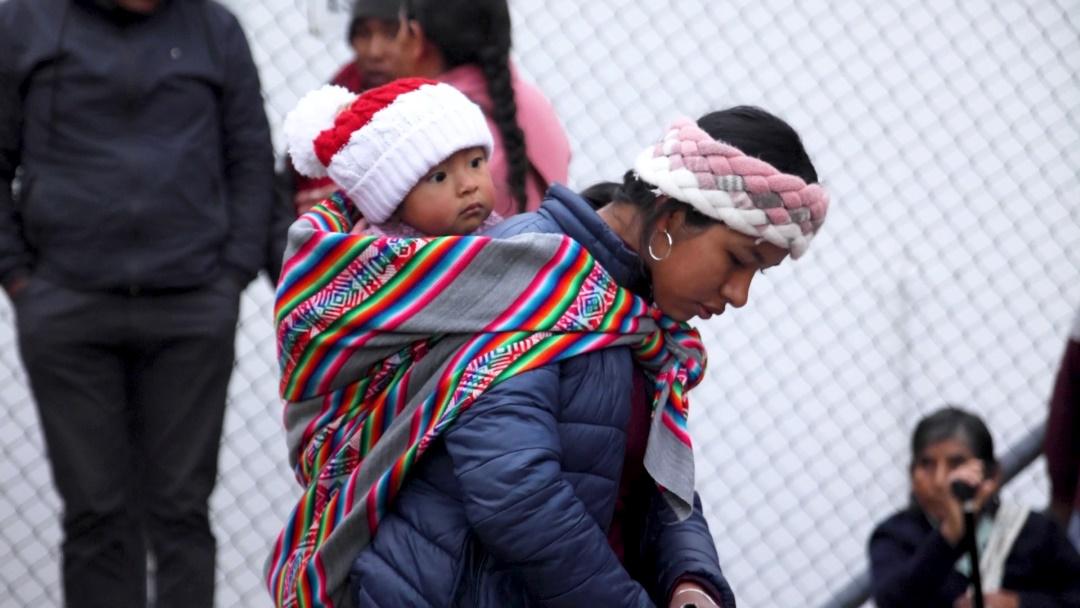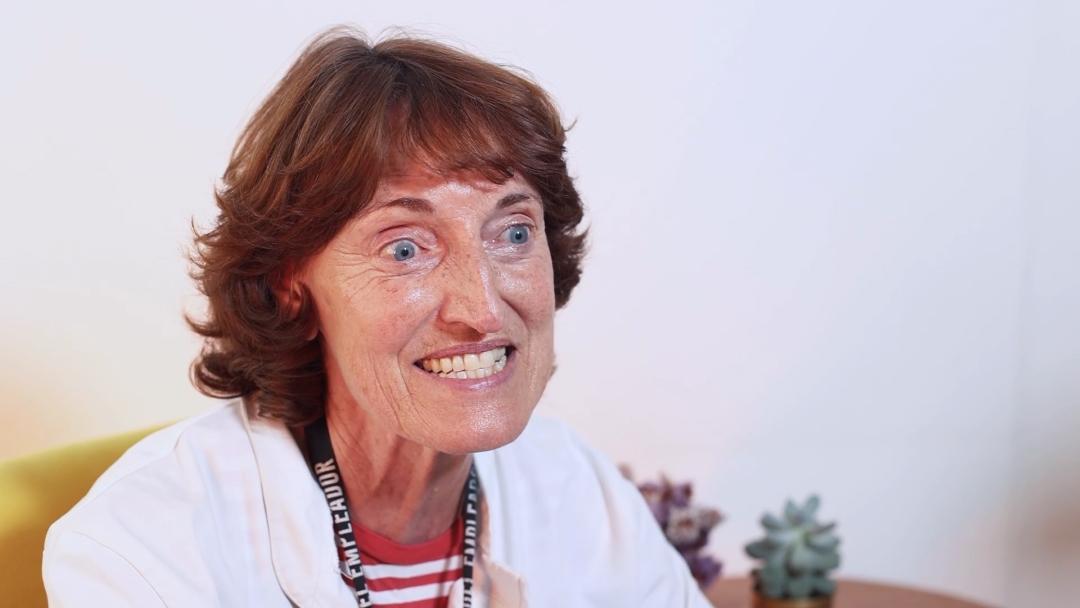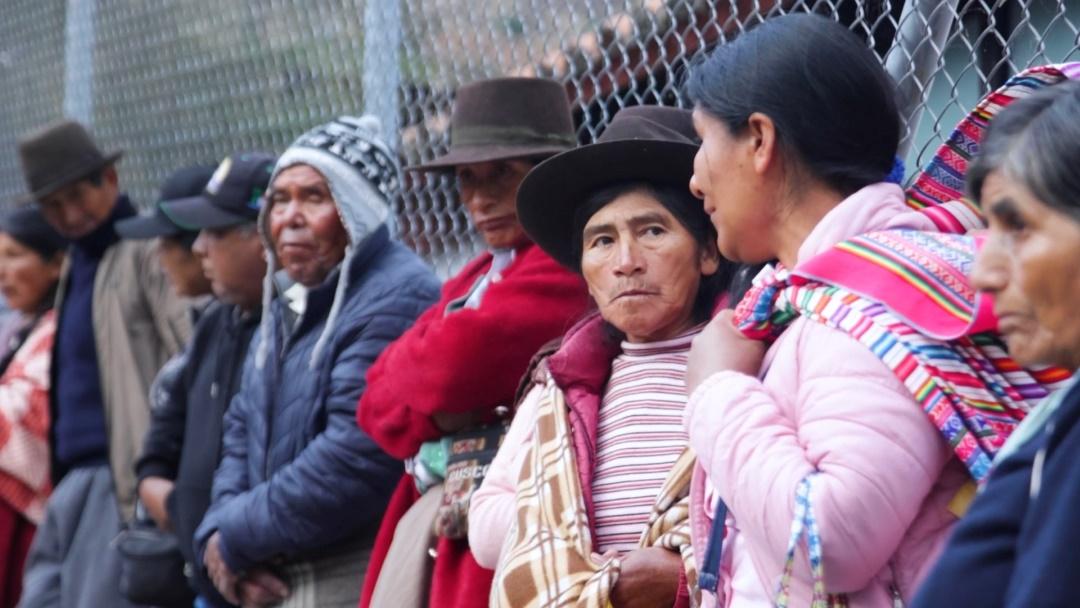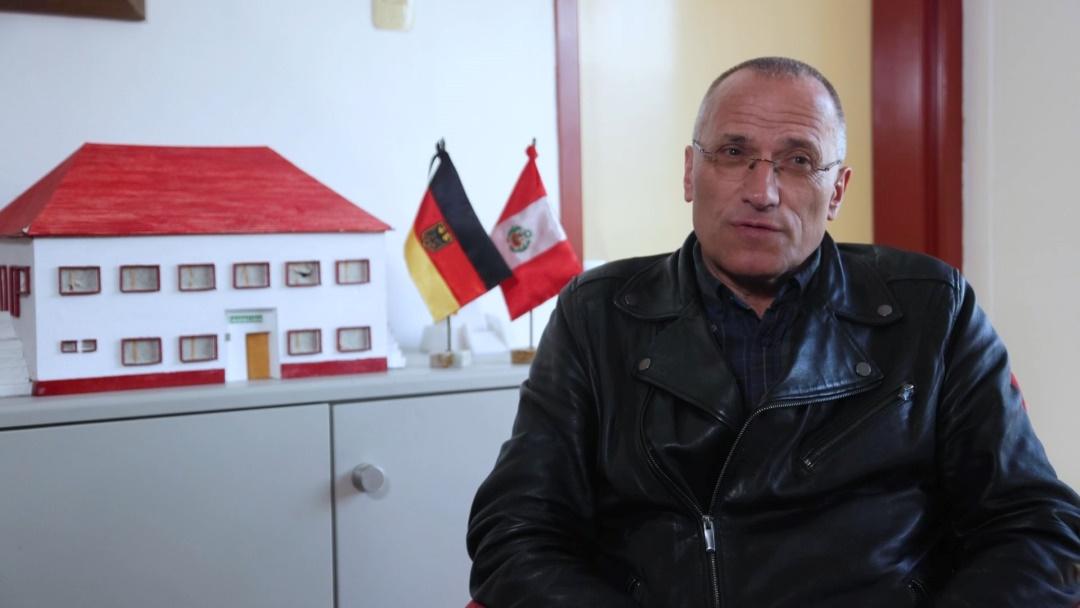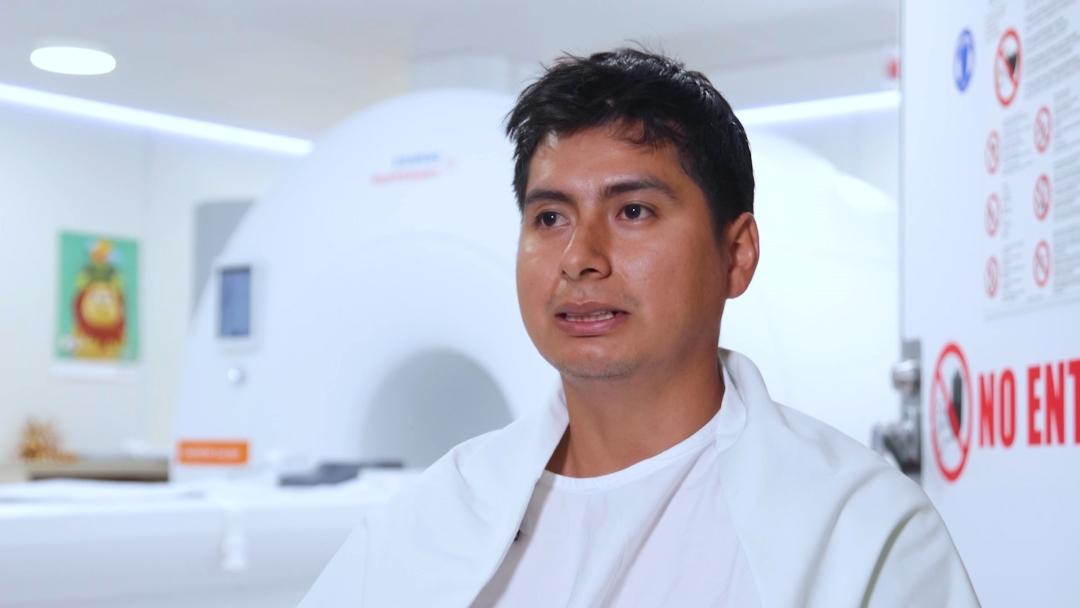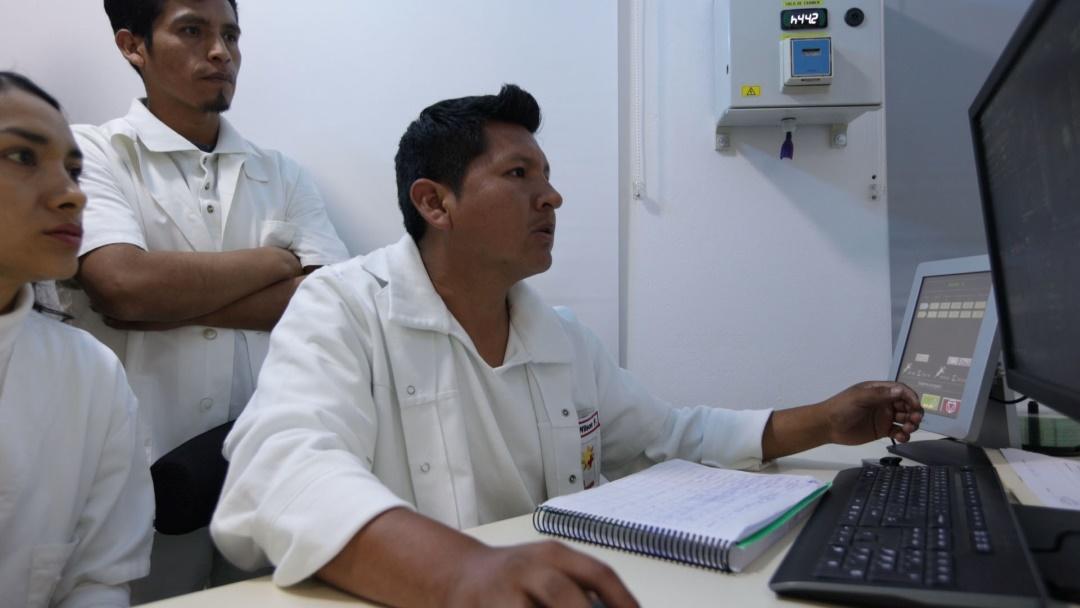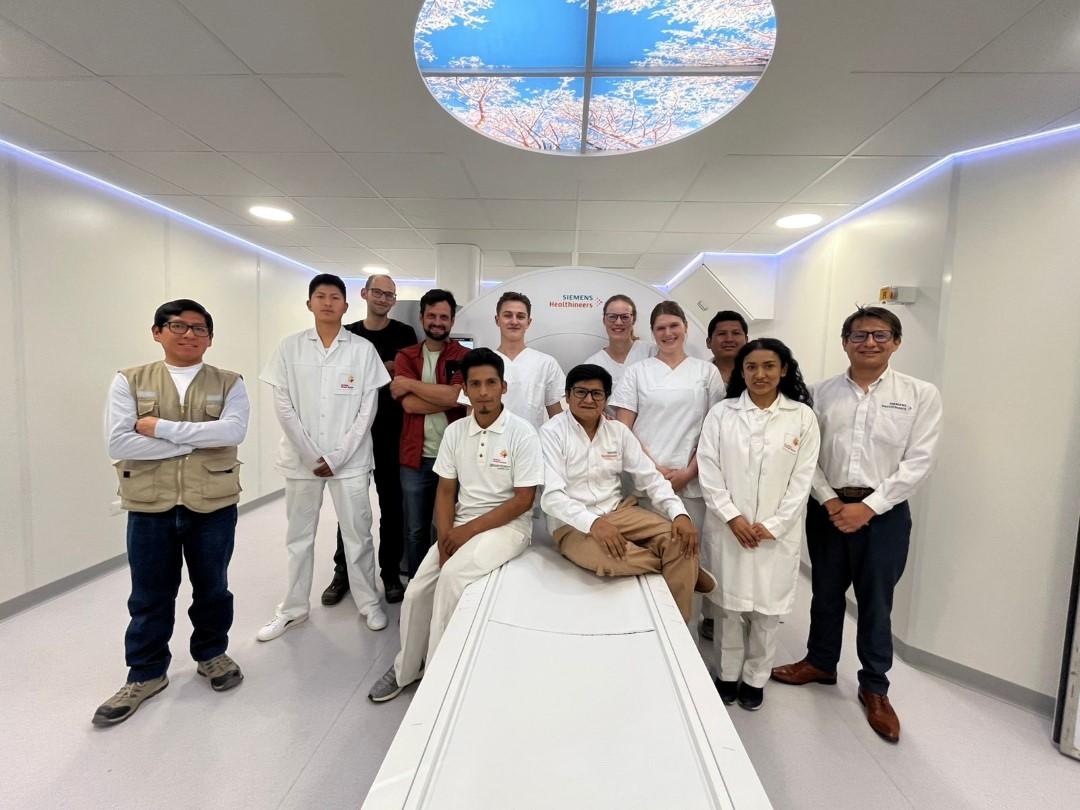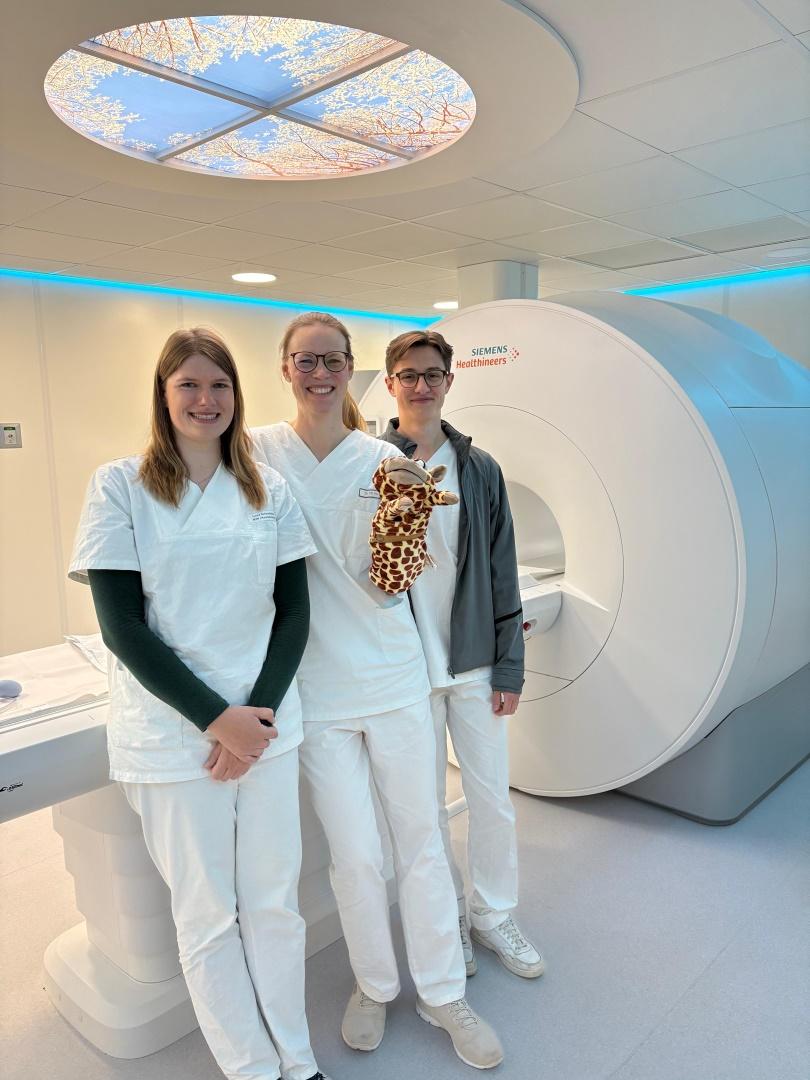Within a couple of months, the new MRI was up and running in Apurimac, Peru. It had traveled more than 10,000 kilometers from Oxford, UK, where the magnets are made, to Erlangen, Germany, for assembly and then on to the hospital in Curahuasi. Two teams from Uniklinikum Erlangen traveled out to support the local team in setting up their first MRI. With autopilot mode and remote support, radiology technologists began scanning almost immediately.
Radiology technologist Claudia Agustinsa says: ãWe were trained by the developers themselves. Being among the first to run an MRI in this part of Peru is an honor I never imagined Iãd have.ã And her colleague radiologist Wilson Ferata adds: ãI never thought Iãd work with an MRI in my hometown. Itãs both a professional and personal blessing. Now, we not only give more accurate diagnoses ã we also give patients hope.ã One of these patients is Klinton, a 23-year-old from Abancay. ãBefore, I had to travel to Lima ã two days by bus, spending at least 5,000 soles on transport, food, and lodging,ã he explains. ãNow I can be treated here, close to home. It was quick, safe, and I didnãt have to go into debt.ã









